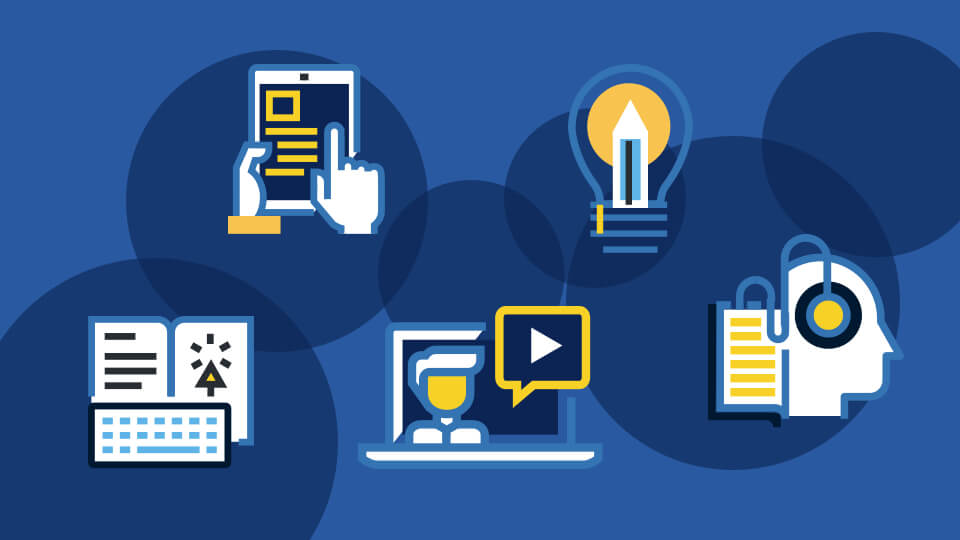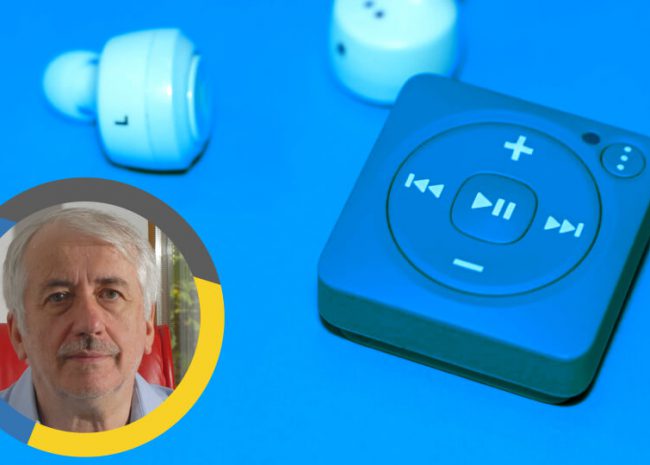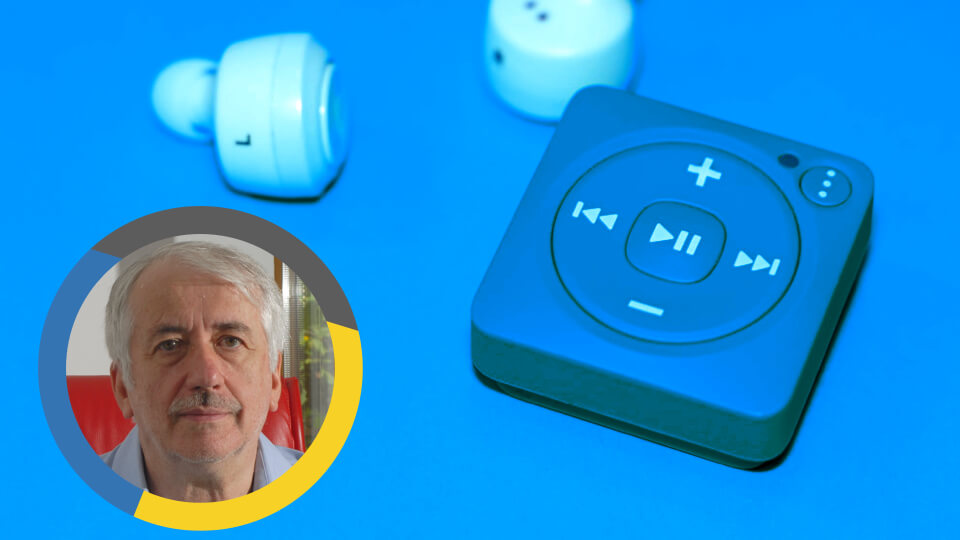Our Top Ten Takeaways on Running Successful Webinars / Part 1

Every year Synesthesia organise droidcon Italy: a two day conference for 1000+ Android developers, to take place in April. This year droidcon Italy was, of course, postponed due to Covid-19.
By Lucy James, Event Marketing Manager at Synesthesia
Every year Synesthesia organise droidcon Italy: a two day conference for 1000+ Android developers, to take place in April. This year droidcon Italy was, of course, postponed due to Covid-19. However, with the support of excellent sponsors, speakers and partners, Synesthesia were able to quickly mobilise a series of webinars focused on the Android space. Having now executed seven webinars, and with 18 more webinars in the pipeline, we’re very happy to share our main takeaways here with you.
Fundamentally, we have found that staying focused on our core philosophy: to provide an outstanding event experience for all participants, is equally relevant in the digital, as the live event space.
1) It’s beneficial to try different platforms and tools to see what works best for you
When we organise live events, we research, visit and evaluate a number of different venues. Similarly, for our webinars we have tested different platforms to figure out what works best for us. We have run webinars using both Google Meet and Cisco WebEx, and we have run in-house tests using Go To Meeting and Crowd Cast.
It’s important to determine what your decision making criteria are so that you can properly evaluate the platform. Your criteria could include: ease of access – how easy is it for participants to join the webinar; organiser controls – what functionality is available to the organiser and the participants, e.g. mute, end call; speed/latency factors – the quality of the connection; display – what view do the participants have, and what view do you want them to have.
After a couple of webinars we chose to also start using Sli.do for the questions and answers part of the webinar. Sli.do keeps the answers in a ‘packet’ together with the question, whereas, for example, using just the chat bar on the webinar platforms, it can be difficult to follow the thread of responses.
2) Rehearsals are fundamental to on-the-day success
This cannot be emphasised enough: every single rehearsal that we have done has highlighted a different ‘problem’ we would otherwise have not discovered until we went live. Rehearsals are so important to bring any idiosyncrasies to the surface. Here are some of the different issues we’ve addressed in rehearsal: audio connection not working, different quality of connection depending on the chosen browser, misunderstanding of time difference (so human!), incorrect holding slide for the start of the presentation, the keys on a keyboard were too noisy for the live coding part of the webinar (techies take note!!).
To provide a professional experience for the speaker and the participants it’s obviously advantageous to refine these type of issues prior to the webinar.
On a softer note, rehearsals are also a chance to engage with the speakers. All of our rehearsals have been a good chance to get to know our speakers, filling the gap of not having a speaker’s dinner, green room or on site meeting.
3) The scheduled time for the webinar impacts the quantity and profile of participants
Since digital events are open to all geographies it’s also important to make them accessible to all geographies, and the chosen time for the event makes a huge difference here. We chose to alternate our webinars between two different times, 11:00 CET (Central European time) and 15:00 CET. The 11:00 slot sits across afternoon/ late afternoon in Asia, and the 15:00 slot sits across morning in the States. We also considered that there is an advantage to having two different times to accommodate participants with different working days, schedules and commitments.
4) Crystal clear joining instructions are really important
Our pre event communication continues to evolve as we seek to provide the clearest joining instructions humanly possible. Of course we’re aware that our participants are joining through a variety of devices and browsers, that English is predominantly not their first language, that they may not have saved any previous information, links or calendar requests, and in fact that they may have completely forgotten that they registered for the webinar….
So, with all that in mind we try to make our pre event emails and social posts as ‘one click’ as possible.
One surprise for us has also been how early some people do arrive for a webinar. So with that in mind we now open the platform up to an hour before the start.
5) Calendar appointments do drive webinar attendance
This is something we introduced on our fourth webinar. To begin with we were concerned about overburdening our participants with links, notifications and messages, and then we decided to give the calendar requests a try on the basis that individuals can choose to accept/ decline. The results, for us, were really good. Obviously once a participant accepts a calendar request they have the time blocked in their diary, and they also receive the notifications of the upcoming appointment. As with all marketing it’s hard to link this action to exact results, but at the time we started calendar appointments we had a spike in percentage of registrants attending the webinar.
Hopefully these top 5 “tricks” have been helpful.
In the second part, which we will publish shortly, we will also list the other five and draw some conclusions.
Bye.
Contact us
We will envision your project together
We will create it with love and passion.
Our team is at your disposal.
Sign up for our newsletter
The best way to stay in touch with us
(only Italian version)











